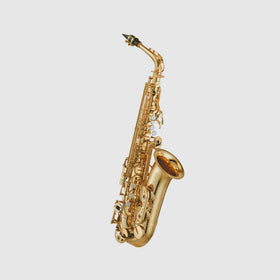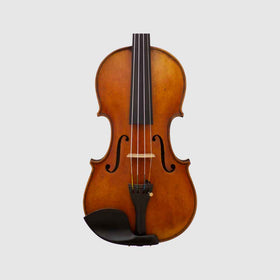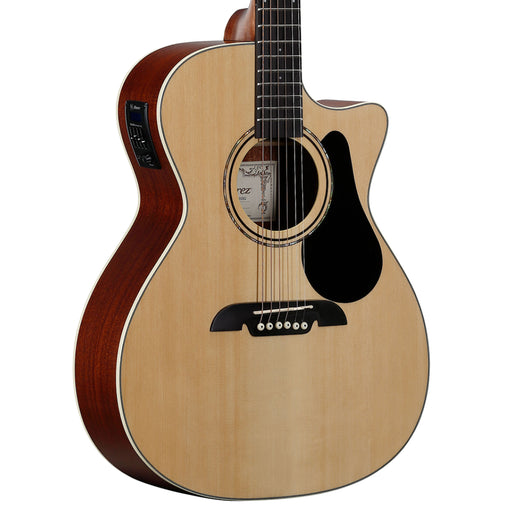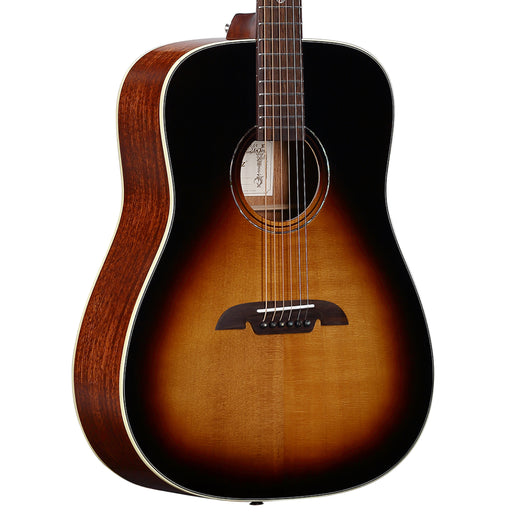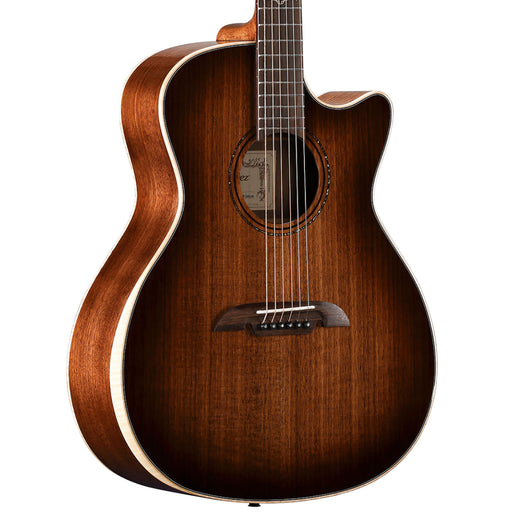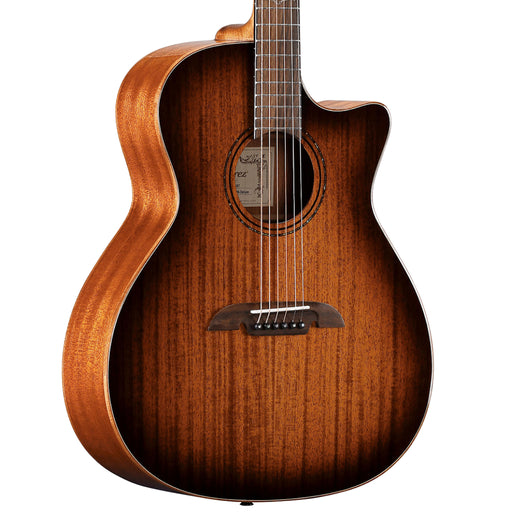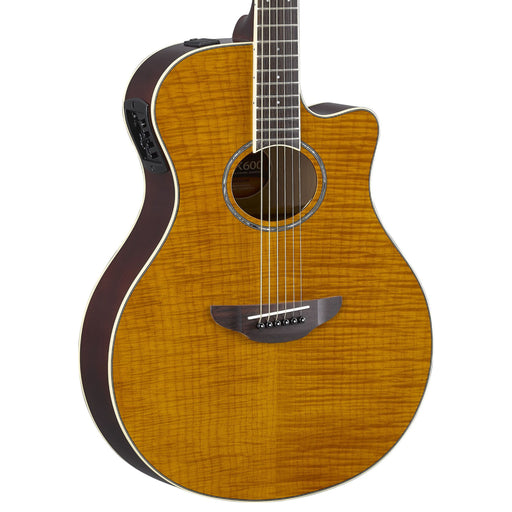What is a Clarinet?
Understanding the Clarinet: A Comprehensive Guide
Introduction
The clarinet, a woodwind instrument with a unique and versatile sound, has been a mainstay in music ensembles ranging from classical orchestras to jazz bands. This blog post delves into the history, structure, and musical capabilities of the clarinet, providing a comprehensive understanding of this beloved instrument.
The History of the Clarinet
The clarinet has its roots in the early 18th century, evolving from an earlier instrument called the chalumeau. Johann Christoph Denner, a German instrument maker, is credited with significantly improving and developing the chalumeau into what we now recognize as the clarinet. This transformation included the addition of a register key, which allowed the instrument to play a wider range of notes.
The Anatomy of the Clarinet
The clarinet is typically made of wood (like grenadilla or African blackwood) or plastic for student models. It consists of five main parts:
- The Mouthpiece: Fitted with a single reed, the mouthpiece is where the player produces sound by blowing air across the reed, causing it to vibrate.
- The Barrel: This connects the mouthpiece to the upper body and can be adjusted to fine-tune the instrument's tuning.
- The Upper and Lower Body: These sections contain the keys and holes used to change the pitch of the notes played.
- The Bell: The bell helps project the sound and influences the tone quality of the lower notes.
How the Clarinet Produces Sound
Sound production in the clarinet begins at the mouthpiece. The player blows air into the mouthpiece, causing the reed to vibrate. This vibration creates a sound wave that travels through the instrument. By opening and closing the keys and holes, the player changes the length of the air column inside the clarinet, thus altering the pitch of the sound.
Types of Clarinets
There are several types of clarinets, each designed for specific musical needs and genres:
- B♭ Clarinet: The most common type, used predominantly in orchestras, bands, and jazz.
- A Clarinet: Slightly larger than the B♭, it has a warmer tone and is often used in orchestral and chamber music.
- Bass Clarinet: Larger and lower in pitch, it extends the clarinet family's range into the bass register.
- E♭ Clarinet: Smaller than the B♭ clarinet, it has a brighter, more piercing sound and is often used in orchestral and wind ensemble music.
The Clarinet in Music Genres
The clarinet's versatility allows it to fit into various musical styles. In classical music, it is known for its warm, fluid tones and ability to perform intricate passages. Composers like Mozart, Brahms, and Weber wrote extensively for the clarinet. In the realm of jazz, the clarinet played a pivotal role in the development of the genre, with legendary players like Benny Goodman and Artie Shaw leading the way.
Conclusion
The clarinet is an instrument of remarkable versatility and beauty. Its rich history, unique sound production, and varied types make it a fascinating subject for both musicians and music enthusiasts. Whether in a symphony orchestra or a jazz club, the clarinet continues to enchant audiences with its melodious and expressive tones.
Tarpley Exclusives
Alvarez Regent RG26CE-DELUXE Acoustic-Electric Guitar
AlvarezDesigned by the top AIMM Dealers in the US The Alvarez Guitars Regent Series RG26CE-Deluxe has a Sitka Spruce top with a natural, gloss finish. The...
View full detailsAlvarez Masterworks MD60EVB Acoustic-Electric Guitar
AlvarezThe MD60EVB Deluxe features carefully seasoned tonewoods that include a AAA solid Sitka cured top, solid African Mahogany back and sides, and one p...
View full detailsAlvarez Artist Elite AGW77CESHB-DELUXE Acoustic-Electric Guitar
AlvarezDesigned by the top AIMM Dealers in the US Alvarez Grand Auditorium acoustic electric guitar with cutaway and bevelled armrest. Comes with the LR B...
View full detailsAlvarez Artist AG66CESHB-DELUXE Acoustic-Electric Guitar
AlvarezDesigned by the top AIMM Dealers in the US The Artist AG66CESHB-DELUXE is a beautifully developed Grand Auditorium acoustic electric guitar with a ...
View full detailsYamaha APX600FM Acoustic-Electric Guitar
YamahaOne of the world's best-selling, acoustic-electric guitars, the APX Series thinline body combines incredible comfort, easy top-fret access and natu...
View full details
